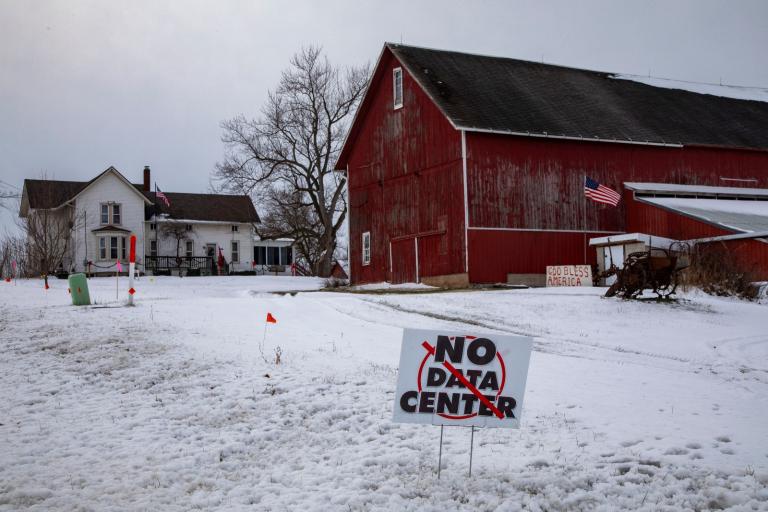The nation’s top climate scientist has visited some of “countries that are among the best-educated on climate change” and come away disappointed. For real disappointment, though, imagine what happens when climate scientists from those countries visit America.
The whole report [PDF] is worth reading, with many fascinating nuggets. Hansen joins the cavalcade of experts who thoroughly debunks the notion that changes in solar irradiation are responsible for global warming trend in recent decades. But what I want to excerpt here is analysis on coal, including a terrific figure that I am extracting from his document:

What the figure makes clear is that from the climate perspective, the problem is coal (without carbon capture and storage). If you want to restrain or reduce greenhouse gas emissions, you need to cut coal emissions. Here is what Hansen says about the figure and its implication for policy:
The surge in global CO2 emissions is mainly a surge in coal use. The surge is mainly in the East, especially China, but the West cannot make a peep about that, because the West is building coal plants itself, has many more on the books, and presents no effective alternatives. In addition, the West is responsible for most of the excess CO2 in the air today …
Figure 3 also shows that coal use in Russia is modest and not increasing. Thus the common assertion that Russia is a wild card that would prevent successful control of global warming is diminished by realization that the primary requirement is phase-out of coal emissions …
In summary, policy implications of the geophysical boundary conditions include:
- Annual CO2 emissions, and thus percent reduction of annual emissions, is not an appropriate metric for controlling climate change. Lifetime of CO2 is so long that slowing CO2 emissions has little effect on climate change. Instead, we must limit the total fossil fuel CO2 emission.
- Phase-out of coal emissions is the sine qua non for climate stabilization. Oil and gas, the most convenient portable fossil fuels, are sufficiently abundant to carry the world well into the dangerous CO2 zone, but not irretrievably so. If coal emissions (not necessarily coal use) were phased out promptly (within ~2 decades, which probably would require phase-out in the West within ~1 decade), it would be practical to get back to CO2 levels lower than the present day amount. Coal is by far the dirtiest of the conventional fossil fuels, providing additional reason to target it for phase-out. Conclusion that the largest pools of oil and gas will be used, and that oil and gas reserves are smaller than coal reserves, does not imply that it makes sense to extract every last drop of oil and gas. Given the need to move beyond fossil fuels in any case, and the need to get back to a safe level of atmospheric CO2, policy-makers should consider actions that move beyond fossil fuels as rapidly as possible, preferably leaving in the ground the oil and gas that is more difficult to extract or located in environmentally sensitive regions.
- Countries cannot be allowed to “buy out” of coal phase-out via supposed reforestation or reduction of non-CO2 forcings. Sequestration of CO2 via improved forestry and agricultural practices is needed to reduce atmospheric levels below current levels. If reforestation CO2 reductions are used up as a trade-off for coal emissions it will be difficult, if not impossible, to get CO2 levels back below current levels. Similarly, the limited potential for reduction of non-CO2 forcings is needed to balance the positive (warming) climate forcing due to other non-CO2 effects, especially expected reduction of reflective aerosols.
- Unconventional fossil fuels, including tar shale, tar sands, and methane hydrates, which contain more carbon than coal and other conventional reserves, must not be widely developed.
This post was created for ClimateProgress.org, a project of the Center for American Progress Action Fund.

